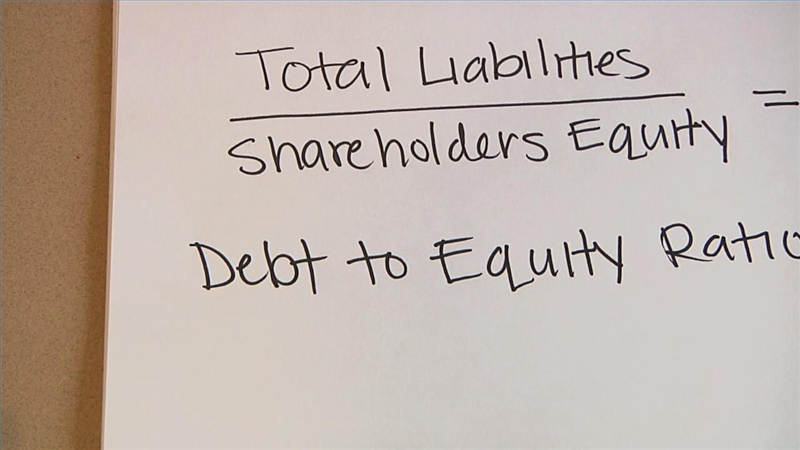How to Find Debt to Equity

A company typically has two options available with it to finance its assets and activities, taking a loan from the bank or issuing stocks. The money owed to financial institution from which the loan was taken is known as debt, whereas the total value of stocks issued is known as equity.
In order to determine how much a company relies on loans to finance its activities and assets and how well it is managing its risk, financial analysts calculate the debt-to-equity ratio, which is also referred to as simply debt-to-equity.
The information necessary to calculate debt-to-equity ratio can be taken from the company’s financial statements, mainly balance sheet or statement of financial position.
Things Required:
– Financial statements, especially balance sheet
– Calculator
Instructions
-
1
The first thing that you need to do is to get your hands on the financial statements of the company that you are calculating the debt-to-equity ratio of. In order to keep things really simple, ask for the most-recent balance sheet.
-
2
Use the aforementioned financial statement to look up the amount of money that the company owes to lenders such as banks and other financial institutions. Take both short-term as well as long-term debt into consideration. You will find it on in the “Liabilities” section, located in the left section of the balance sheet. Add both the short and long-term debt to get the total amount of debt that the company is under.
-
3
Look up the total amount of stockholder equity, which can also be found in the left section on the balance sheet, right below the “Liabilities” section. Stockholder equity is normally mentioned as “Owner’s Equity” on the balance sheet.
-
4
Divide the total amount of debt determined in Step 2 by the total amount of shareholders’ equity that you looked up in Step 3. The resultant value will be the debt-to-equity ratio. Use a calculator to do the calculation and get an accurate value. If the calculated value is one or more, then the company relies heavy on debt financing, which is not considered a healthy financial position.





